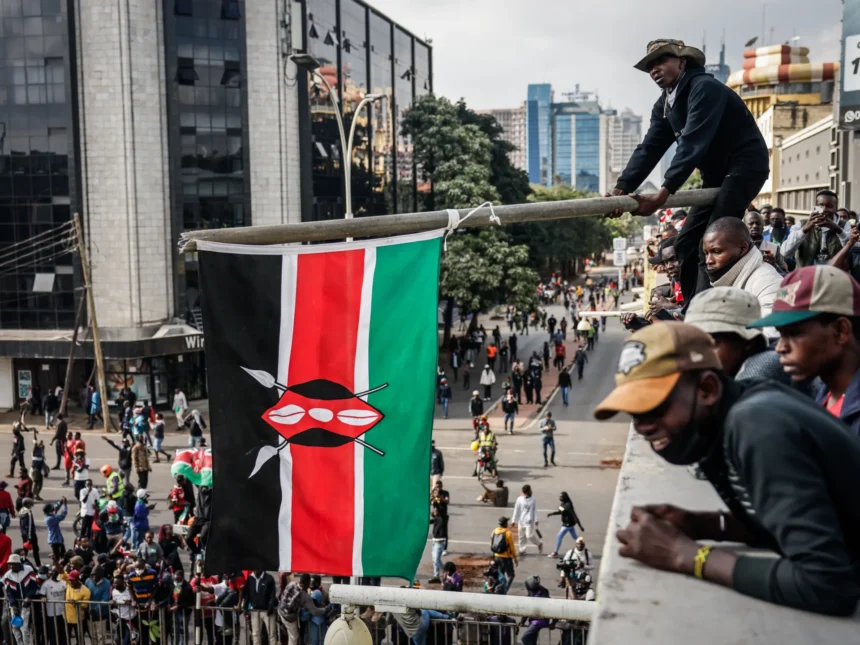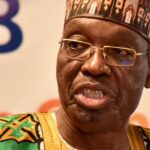Kenya protests coup attempt headlines followed the violent unrest on June 25, as Interior Minister Kipchumba Murkomen labeled nationwide demonstrations a “coup attempt” after at least 16 people were killed kenya coup. The incident has reignited debates over police brutality, accountability, and youth disillusionment.
Why Government Calls This a Coup Attempt

Murkomen claimed that protesters targeted key state structures—police stations, Parliament, and State House—to depose President William Ruto. He praised the police for “remarkable restraint,” despite reports of live ammunition, tear gas, and water cannon used to crush the unrest. He said authorities “foiled a coup,” dismissing allegations of excessive force (Reuters).
Fatalities and Injured: What We Know
Rights groups such as Amnesty Kenya and the Kenya National Commission on Human Rights (KNCHR) confirmed that at least 16 people were killed—primarily by gunshots—during the protests. Hundreds more, including police officers and journalists, were injured (over 400 total) (AP News).
The protests marked the anniversary of the 2024 Finance Bill unrest, which also turned deadly. Drone footage and eyewitness accounts show heavy clashes and chaotic scenes across 23 counties in Kenya kenya coup.

What Sparked This Round of Unrest?
The protests took a sharper tone with the death of blogger Albert Ojwang in police custody. In early June, Ojwang was arrested for allegedly defaming a senior police officer. His death stirred national outrage and prompted fresh protests demanding justice (Wikipedia).
Protests were fueled by frustrations over police brutality, media blackouts, economic hardship, and a faded promise from 2024’s tax revolt. Gen Z protesters, significantly present on social media, spearheaded the resistance kenya coup.
On-the-Ground Chaos and Civilian Impact
- Authorities reportedly blocked live coverage; courts later lifted the bans.
- Shopkeepers and commuters faced looting and violent reprisals.
- Groups like the Law Society of Kenya and IPOA are documenting abuses and arrests.

Scenes from Nairobi captured stock worth millions in shillings burned and strewn across the city as residents cleaned up smoke-damaged shops. Civilian deaths included bystanders and school-age youth kenya coup.
Can This Spark Last?
Group tension is high. High living costs, youth unemployment, and repeated police crackdowns leave unrest simmering. Despite crackdowns, the government may be forced into concessions or inquiries to restore public confidence.
Looking Ahead: Demands & Accountability
Rights groups are demanding:
- Independent investigations into killings and arrests
- Charges against police involved in fatal shootings
- Compensation for victims and reform of protest laws
The IPOA has announced reviews of CCTV footage and morgue records, signaling possible accountability measures.
Conclusion: Kenya at a Crossroads

The Kenya protests coup attempt controversy highlights a nation caught between public anger and state control. If unresolved, it could threaten Kenya’s democratic credibility. Whether the government acts with transparency or resorts to suppression may define Ruto’s legacy.









